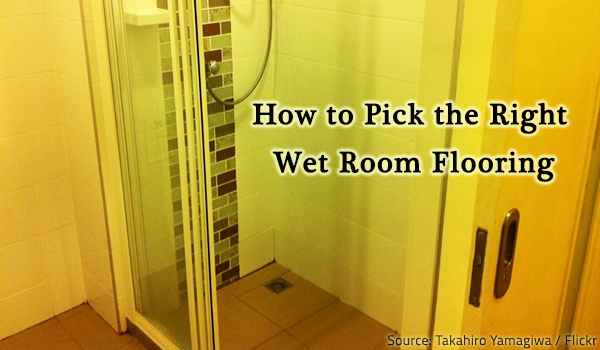Main Health Issues Caused by Natural Disasters
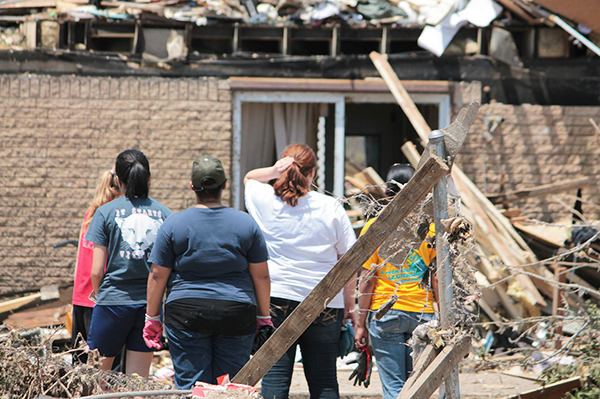
It takes a lot of time and effort until people can resume their normal lives after a natural disaster.
Over the last several decades alone, natural disasters have killed millions of people and adversely affected the lives of billions more. In addition to the severe accidents and substantial structural damage they cause, earthquakes, hurricanes, floods, and other natural calamities have grave social, economic, and health consequences as well.
Even if the population has been evacuated in time and there were no (or very few) casualties, the effects of a disaster ripple long after the actual event – many people lose their homes and need to live in emergency camps for months, or even years; the road infrastructure is damaged; there is insufficiency of healthcare resourcesResources include tools, personnel, equipment, and materials... More; etc. All these factors cause great economic problems and severe health issues in disaster ridden communities.
From outbreaks of communicable diseases to various safety hazards within the home, natural disasters may have harmful, long-term consequences to the health and well-being of the people in the affected areas.
Health Issues Caused by Natural Disasters
Health concerns after natural disasters can be divided in three major groups, based on the factors that cause them and the type of health problems they leadLead is a heavy metal that can be toxic to humans, especiall... More to:
1) Mental health problems
Many people suffer from grief, shock, anxiety, or depression after a disaster. The loss of loved ones is especially traumatic, but even if that is not the case, the loss of material goods and the disrupted daily routine, as well as the ensuing chaos and confusion, also cause a lot of stress and may result in significant mental health issues.
2) Communicable diseases spread after natural disasters
In the aftermath of a natural disaster, the risk for epidemic outbreaks gets higher:
- The shortage of fresh food, typical for post-disaster periods, results in malnutrition that weakens the immune systems of the people in the affected area;
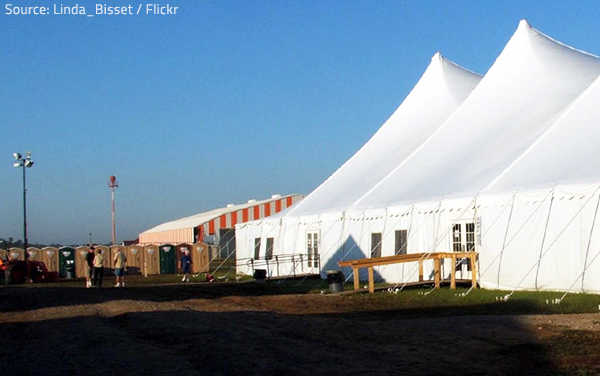
Communicable diseases spread more quickly and more easily after natural disasters.
- The limited access to safe water and lack of proper sanitation pose a risk of infections and gastrointestinal problems (diarrhea, hepatitis, and various other bacterial diseases can be transmitted by direct contact with contaminated water);
- The crowded living conditions and poor hygiene levels in emergency camps facilitate the transmission of infectious diseases;
- The structural damage done to the hospitals and health facilities in the region and the loss of medical equipment and medicines prevent adequate health care.
All these factors contribute to the quick spread of communicable diseases after natural disasters.
3) Safety risks after natural disasters
When people return home after a disaster, their health and safety may be compromised by unsanitary and/or hazardous living conditions in the house. From ruptured gas lines and stagnant water containing bacteria, to moldMold is a type of fungus that grows in damp or humid conditi... More growth and vermin infestation, there are various risk factors that can result in personal injuries and serious diseases unless proper precautions are taken to ensure the safety and well-being of the occupants of the home.
Causes of Health Risks after Natural Disasters
Disaster-related diseases typically occur in the period shortly after the event when people return to damaged homes and unhealthy living conditions. Some of the dangers are quite obvious – broken glass, hanging wires, etc. – and easier to avoid, but others may remain undetected (moldMold is a type of fungus that grows in damp or humid conditi... More growth behind the walls, harmful toxins released from damaged structural materials, etc.) and cause significant health problems before the property is fully cleaned and restored. The negative impact of natural disasters on health may be due to:
- Structural damage and debris – falling structural elements, exposed cables and electrical wires, downed power lines and ruptured gas lines, broken glass and splintered woodwork can cause serious injuries, electric shocks, and even carbon monoxide poisoning;
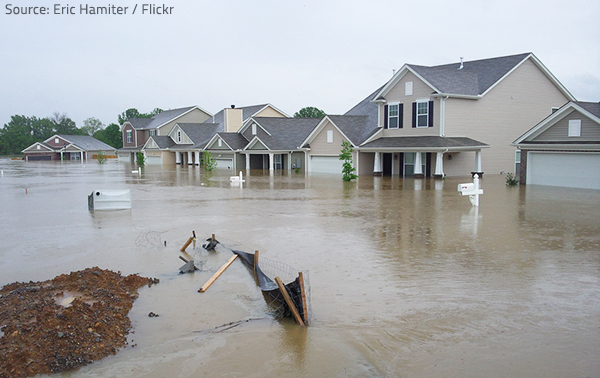
Floodwater poses a number of risks to the people in disaster-ridden communities.
- Floodwater and stagnant water – Floodwater is often contaminated with sewageSewage is wastewater containing biological and chemical cont... More and chemicals and contains various harmful toxins. If it has come in contact with any household items and materials, it will have contaminated them as well, so touching or using them before they have been thoroughly disinfected may result in skin infections, stomach problems, and conjunctivitis. If there is stagnant water in or near the home, it may contain bacteria that can cause gastrointestinal problems and various infections if it comes in contact with open wounds or mucous membranes;
- MoldMold is a type of fungus that grows in damp or humid conditi... More – When the right conditions are present (ample organic food and abundant moisture), mold growth can begin within 48 hours. It will spread very fast in the humid environment caused by natural disasters like floods and hurricanes and will quickly affect large parts of the home. The harmful microorganisms will not only cause considerable structural damage, but will also have a negative impact on the health of the occupants – moldMold is a type of fungus that grows in damp or humid conditi... More can trigger a variety of allergy symptoms and other serious health issues, such as headaches, dizziness, respiratory problems, sinus infections, eye irritations, rashes, etc. It can even aggravate conditions like asthma or chronic obstructive pulmonary disease;
- Environmental toxins – LeadLead is a heavy metal that can be toxic to humans, especiall... More and asbestos are present in various construction materials that were widely used before the 1970s (when these substances were discovered to be harmful to the health). They are considered to be safe when undisturbed, but hurricanes, earthquakes, and other natural disasters can cause considerable damage to floors, walls, insulations, siding, shingling and other structural elements that contain asbestos and/or leadLead is a heavy metal that can be toxic to humans, especiall... More. As a result, leadLead is a heavy metal that can be toxic to humans, especiall... More dust and asbestos fibers may be released in the air. If inhaled or ingested, these microscopic toxins can cause respiratory problems and long-lasting health issues.
Tips to Prevent Health Problems after Natural Disasters
To avoid personal injuries and health problems in the aftermath of a disaster, make sure you:
- Do not return home until authorities declare that it’s safe;
- Do not enter your home if you smell gas. Open all doors and windows and call the gas company right away;
- Wear protective gear when cleaning up after a disaster – sturdy, waterproof boots, rubber gloves, goggles, a face mask, etc.;
- Carry a flashlight when you enter the home – do not use matches, candles, or lighters. If there has been a gas leak, sparks can ignite the gas and cause a fire or an explosion;
- Do not touch any exposed cable or electrical wires;
- Do not turn on the lights or any electrical equipment until you’re sure that there has been no damage to the electrical system in the home;
- Never use wet electrical appliances! Have household appliances and electrical devices serviced and sanitized before using them. The heating and cooling system should also be carefully inspected and cleaned before being put back into service;
- Open doors and windows to ventilate the space and run fans and dehumidifiers in the rooms to remove moisture from the air and help the building materials dry out faster;
- Remove debris and waste in a safe and appropriate manner. Call the local waste division if you suspect dangerous waste;
- Rinse all hard surfaces with a garden hose, then scrub them with a heavy-duty cleaner and hot water. Use a solutionA solution is a homogeneous mixture of two or more substance... More of chlorine bleach and water for better disinfection (Never mix bleach and ammonia as combining them can produce toxic fumes);
- Discard any carpets, area rugs, mattresses, upholsteries, and other similar materials that have been contaminated by sewageSewage is wastewater containing biological and chemical cont... More or been under water for more than 24 hours;
- Disinfect all household items before using them;
- Ensure quick and efficient moldMold is a type of fungus that grows in damp or humid conditi... More removal. It’s best to hire professional mold remediation services to clean the moldMold is a type of fungus that grows in damp or humid conditi... More, restore the sustained damage, and prevent moldMold is a type of fungus that grows in damp or humid conditi... More growth in the near future;
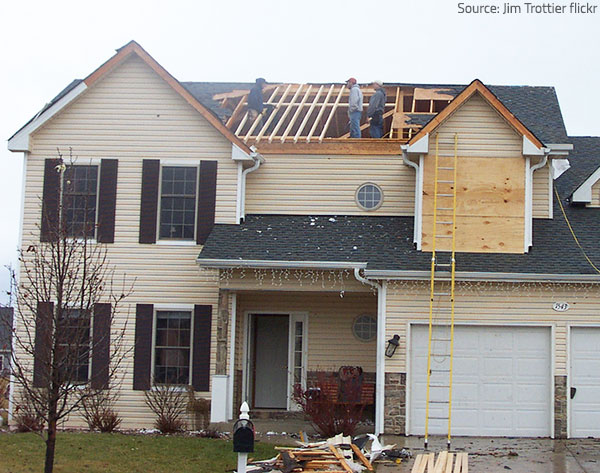
Have your home restored as soon as possible after the disaster.
- Throw away food and beverages that have been in contact with floodwater or smell bad or look bad;
- Boil drinking water;
- Keep children and pets away from pools of stagnant water and areas of the home that have not yet been sanitized and secured;
- Use insect repellents to avoid vector-borne illnesses and stay away from wild or stray animals – just in case.
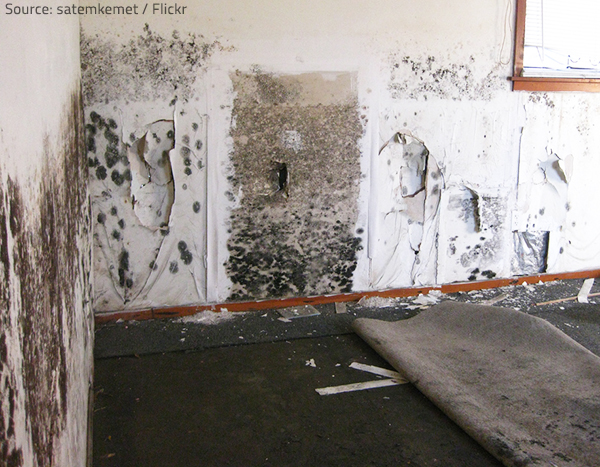
MoldMold is a type of fungus that grows in damp or humid conditi... More in the home is one of the most common and most harmful after-effects of a natural disaster.
To prevent disaster-related diseases, you need to have your home cleaned and restored to safety as quickly and efficiently as possible. This is a job better left to the professionals – the experienced disaster restorationRestoration is the process of returning a property to its pr... More specialists and water damage restoration experts will have the specialized equipment and professional know-how required to ensure the safe living conditions in your property. What’s more, they will restore your home to its former excellent condition and will help you return to your normal life as soon as possible after the disaster.











